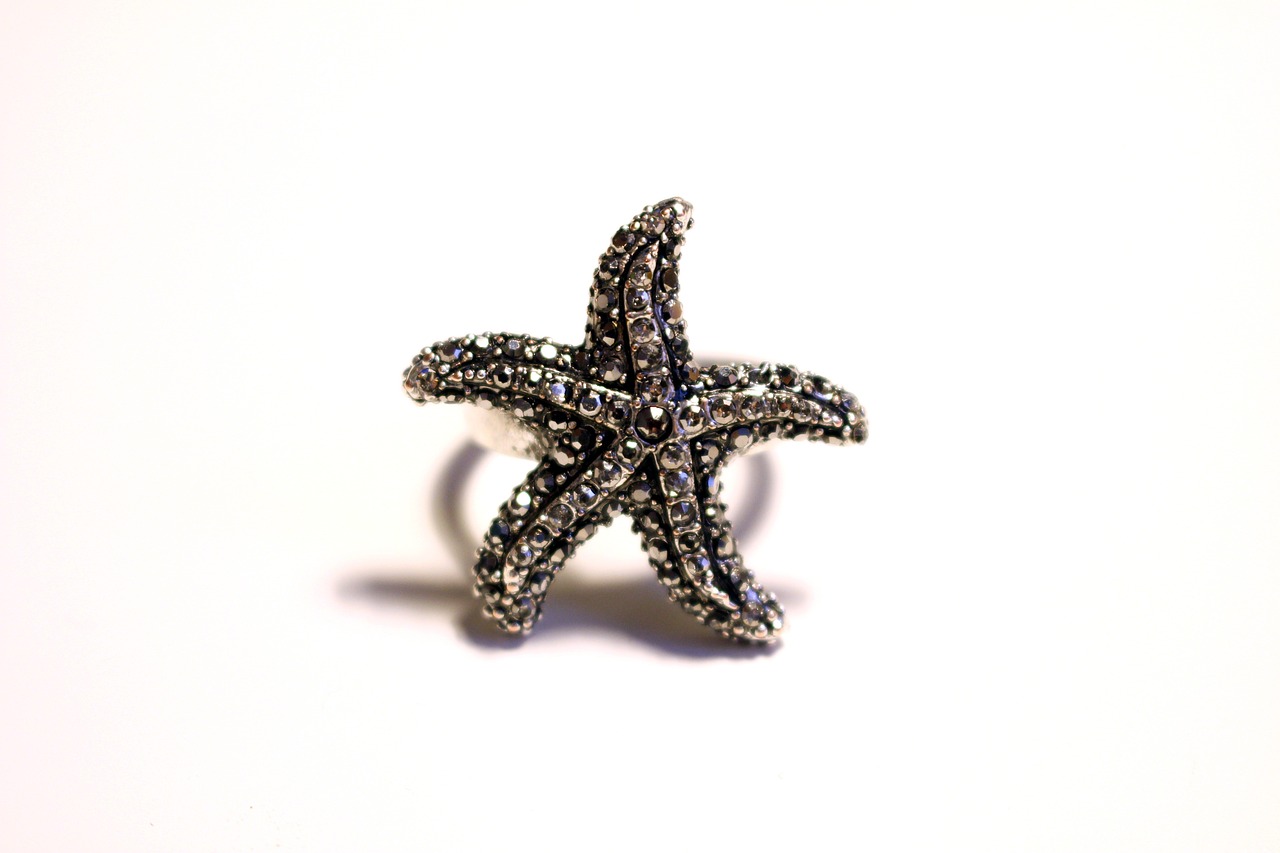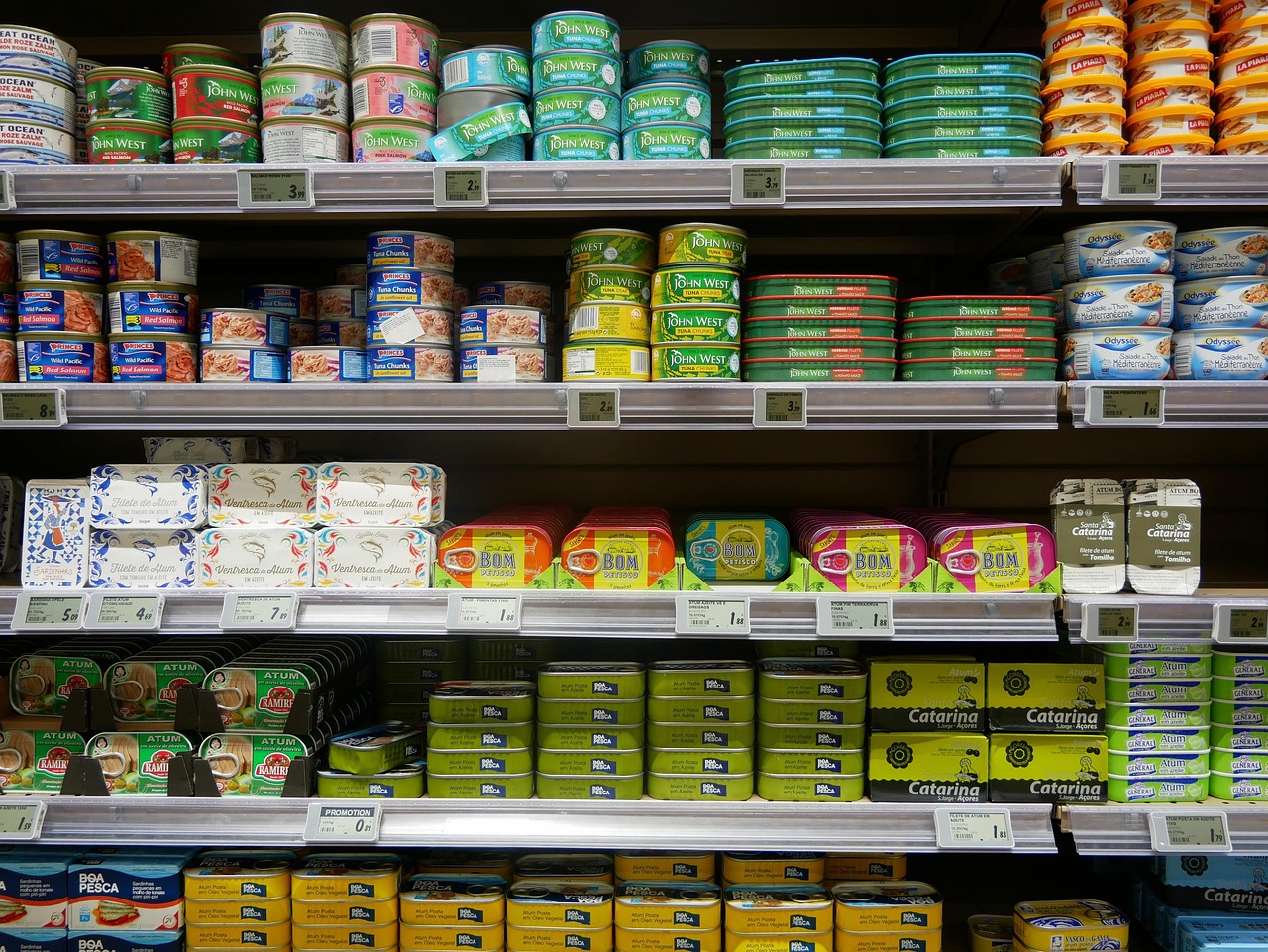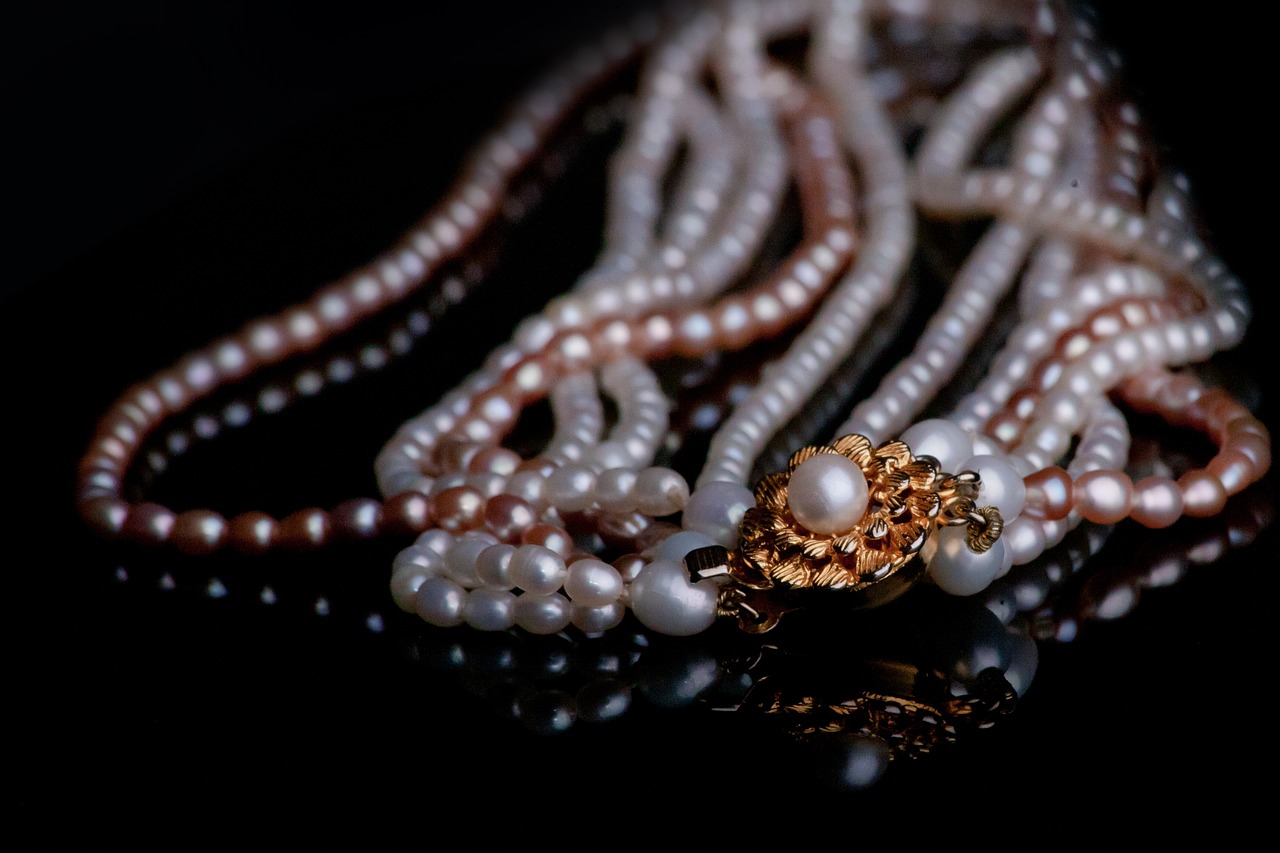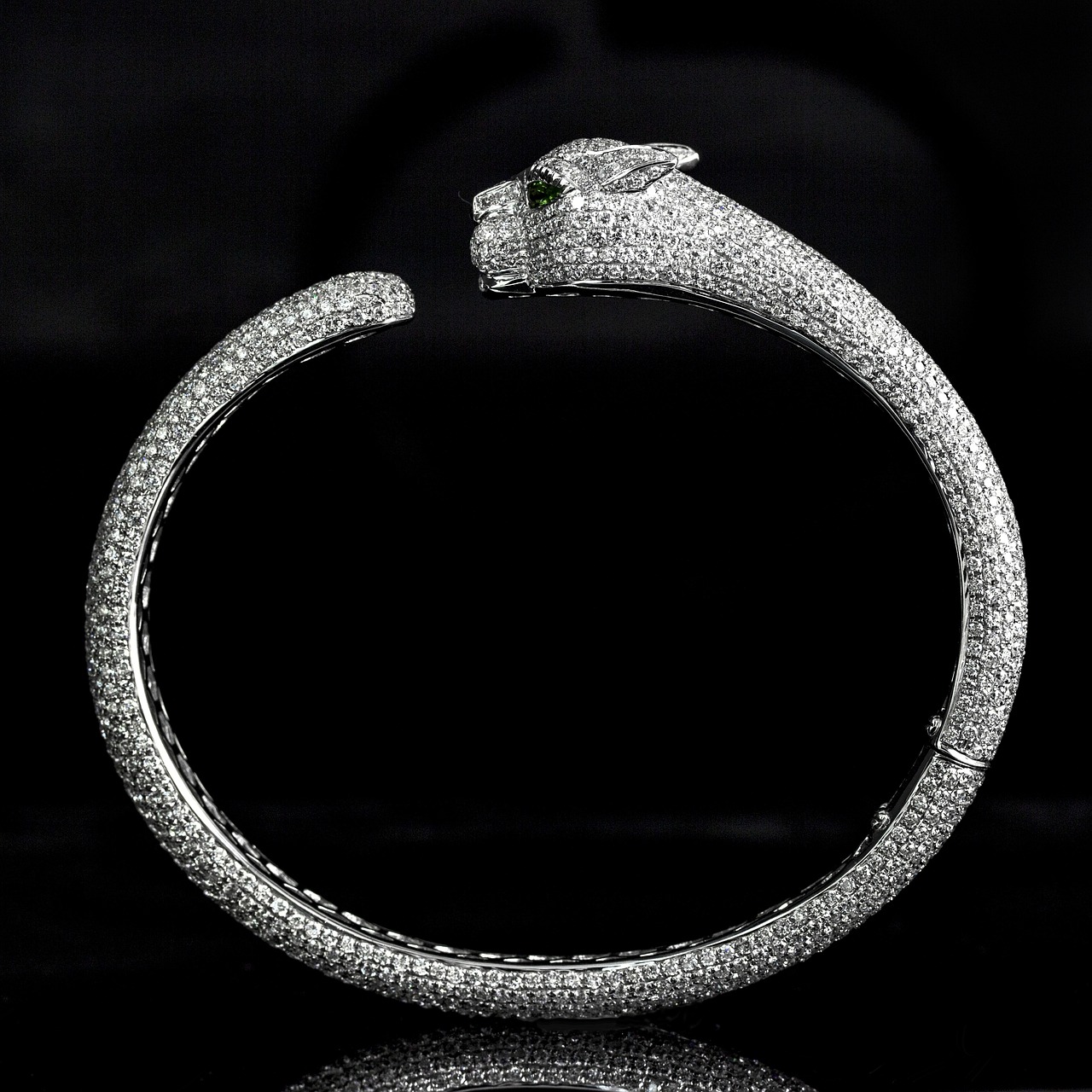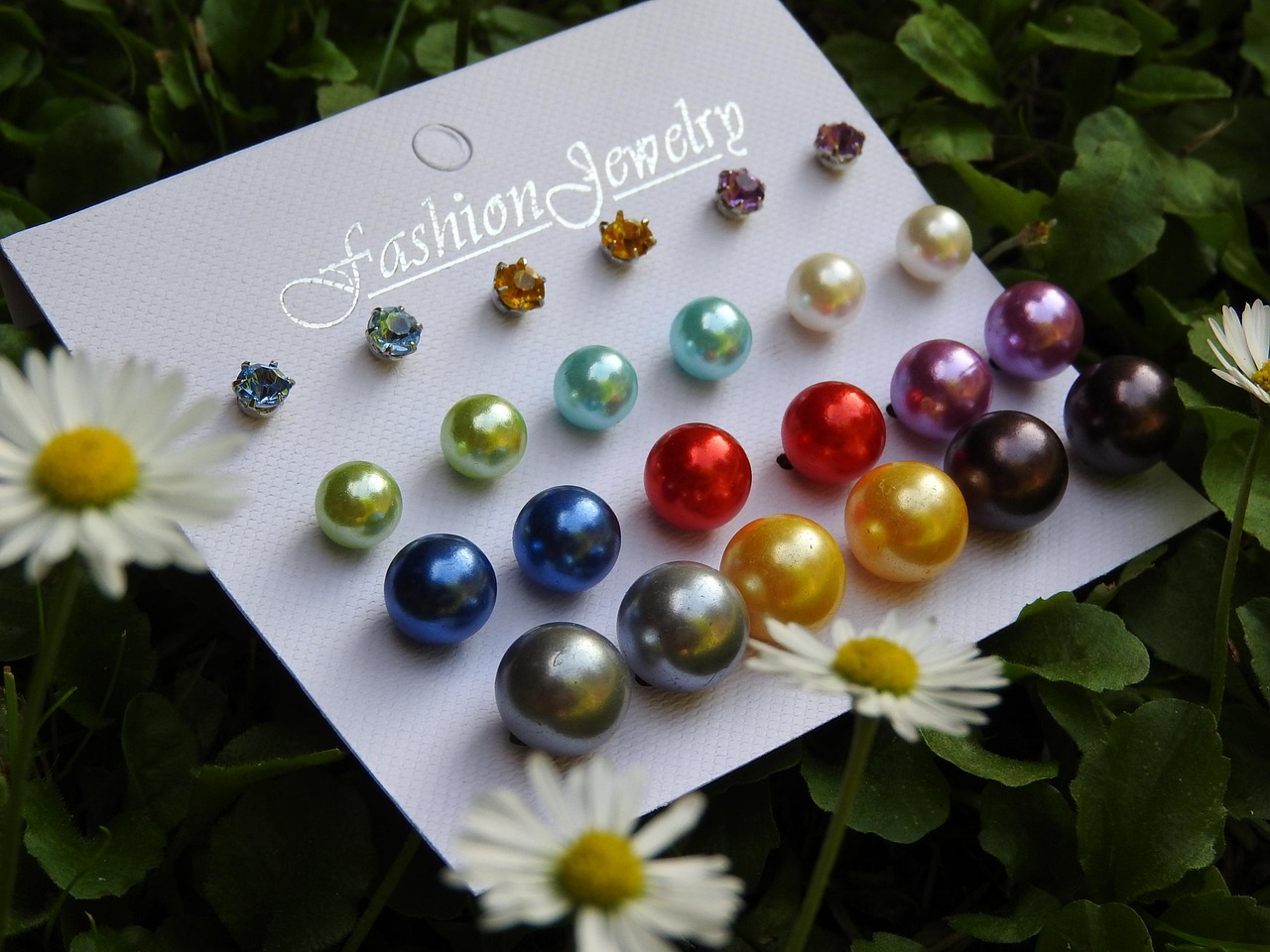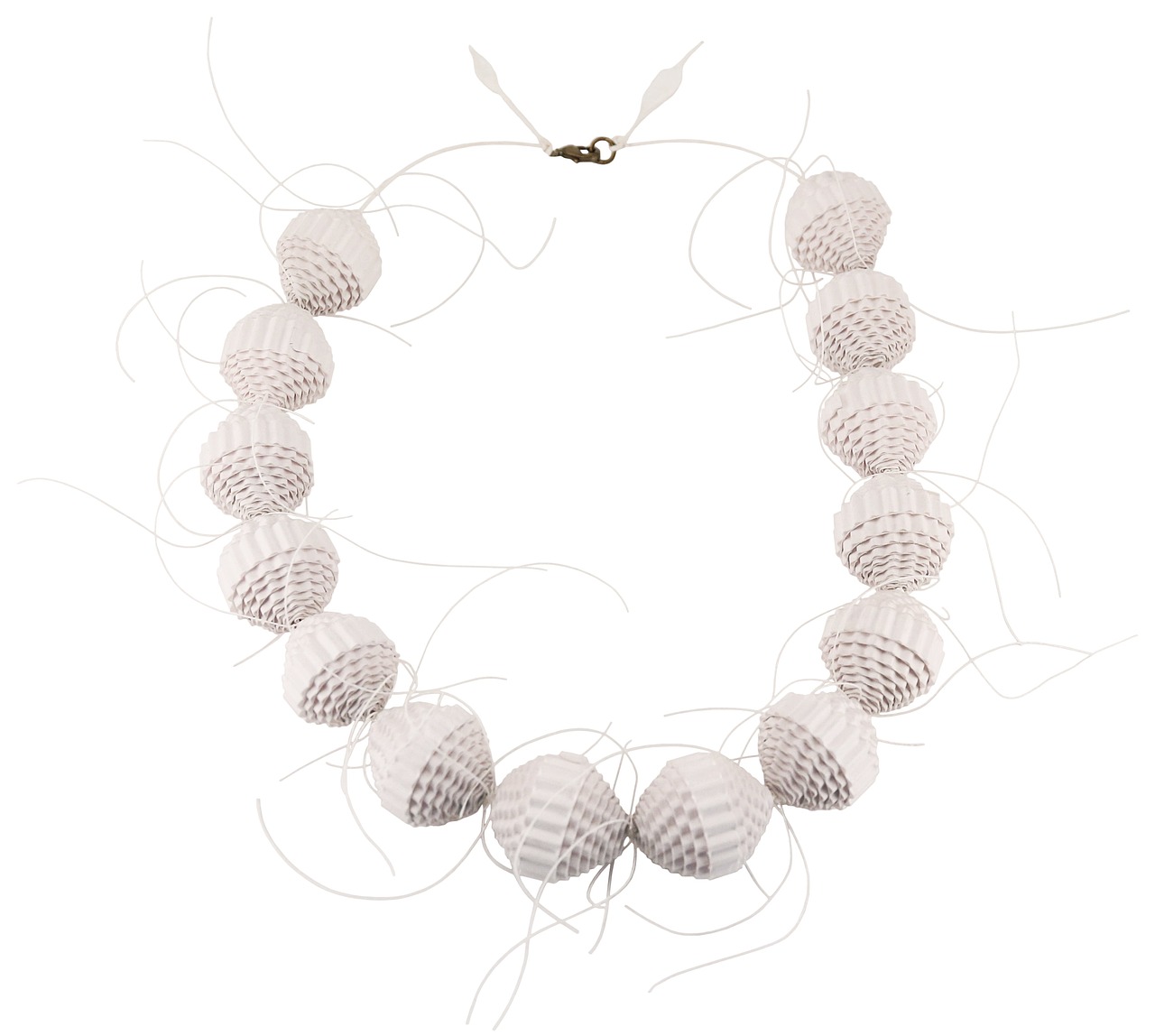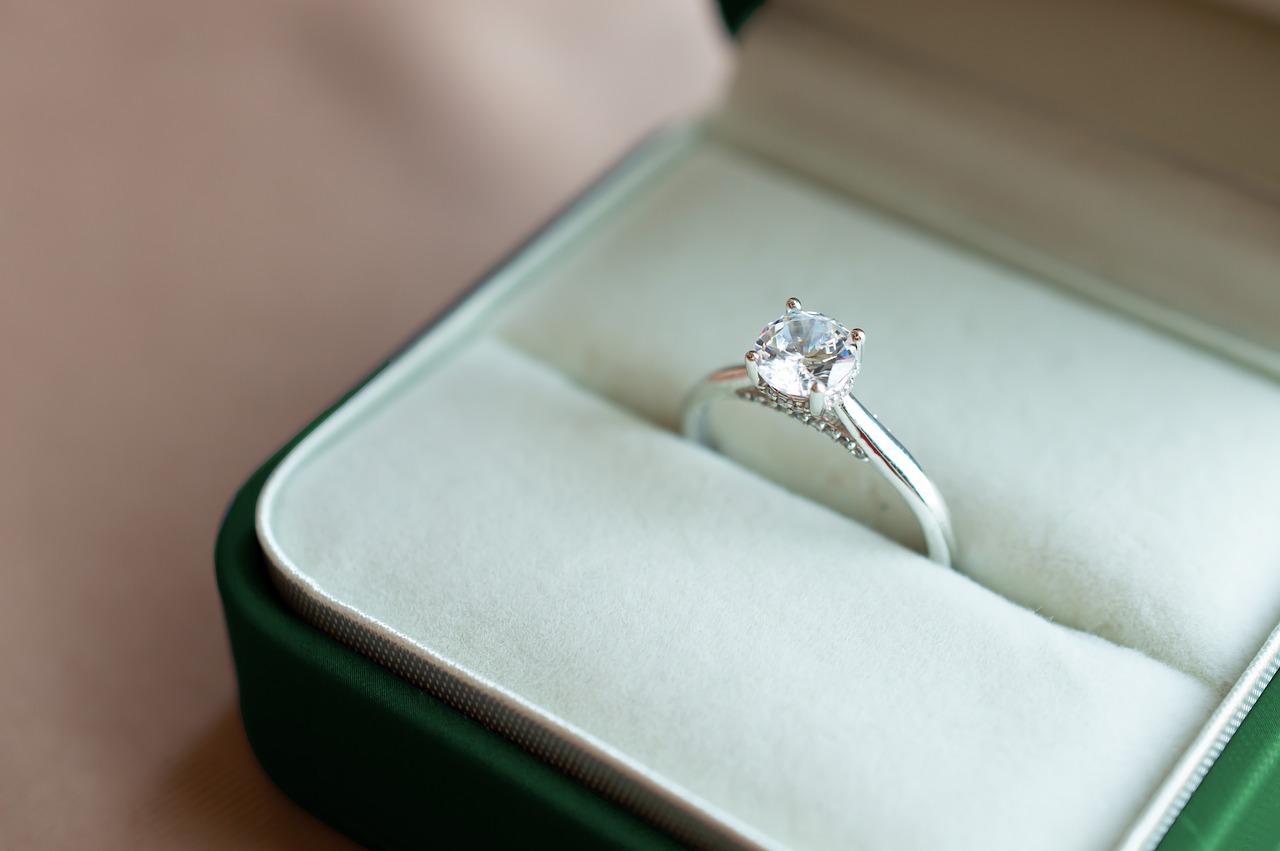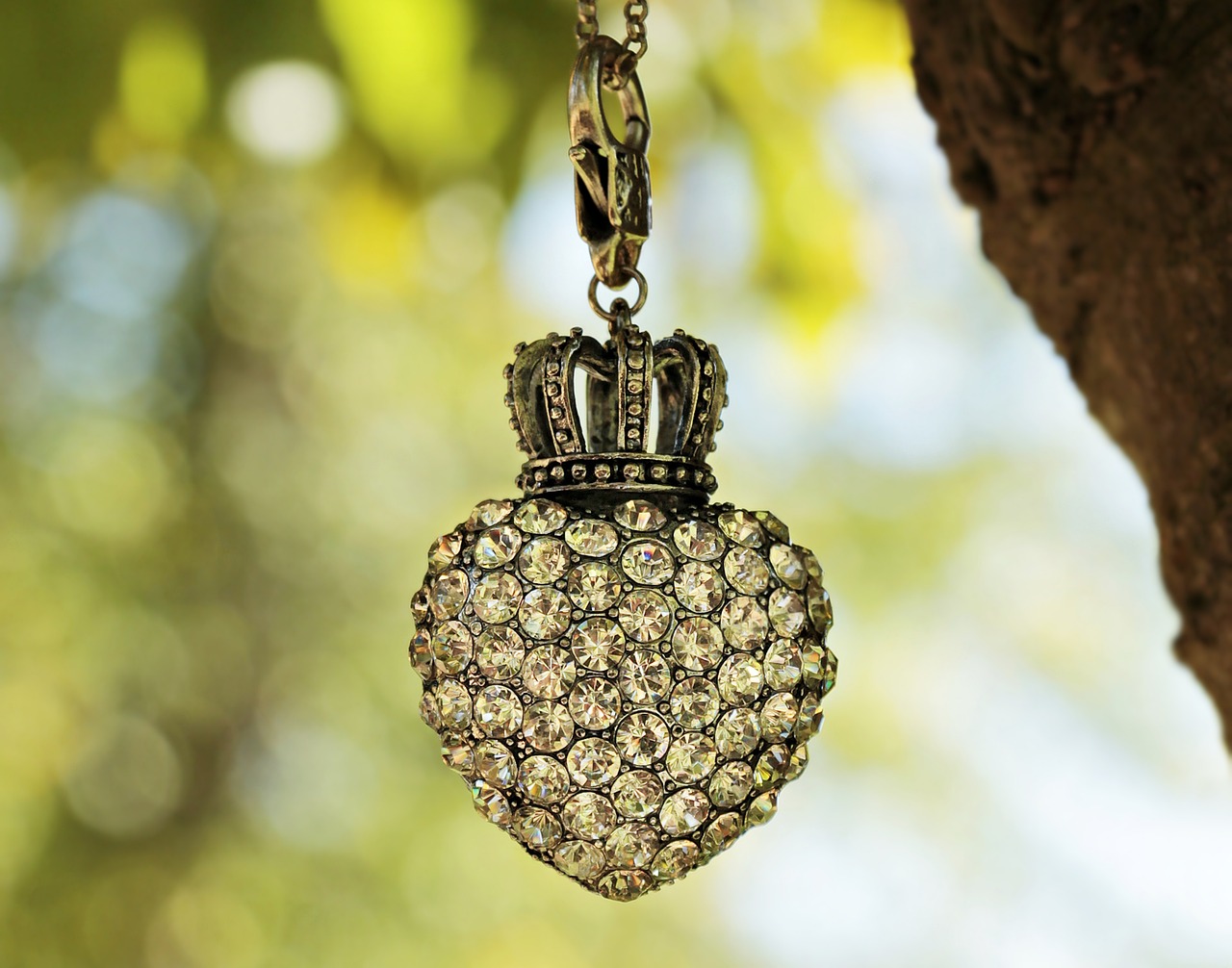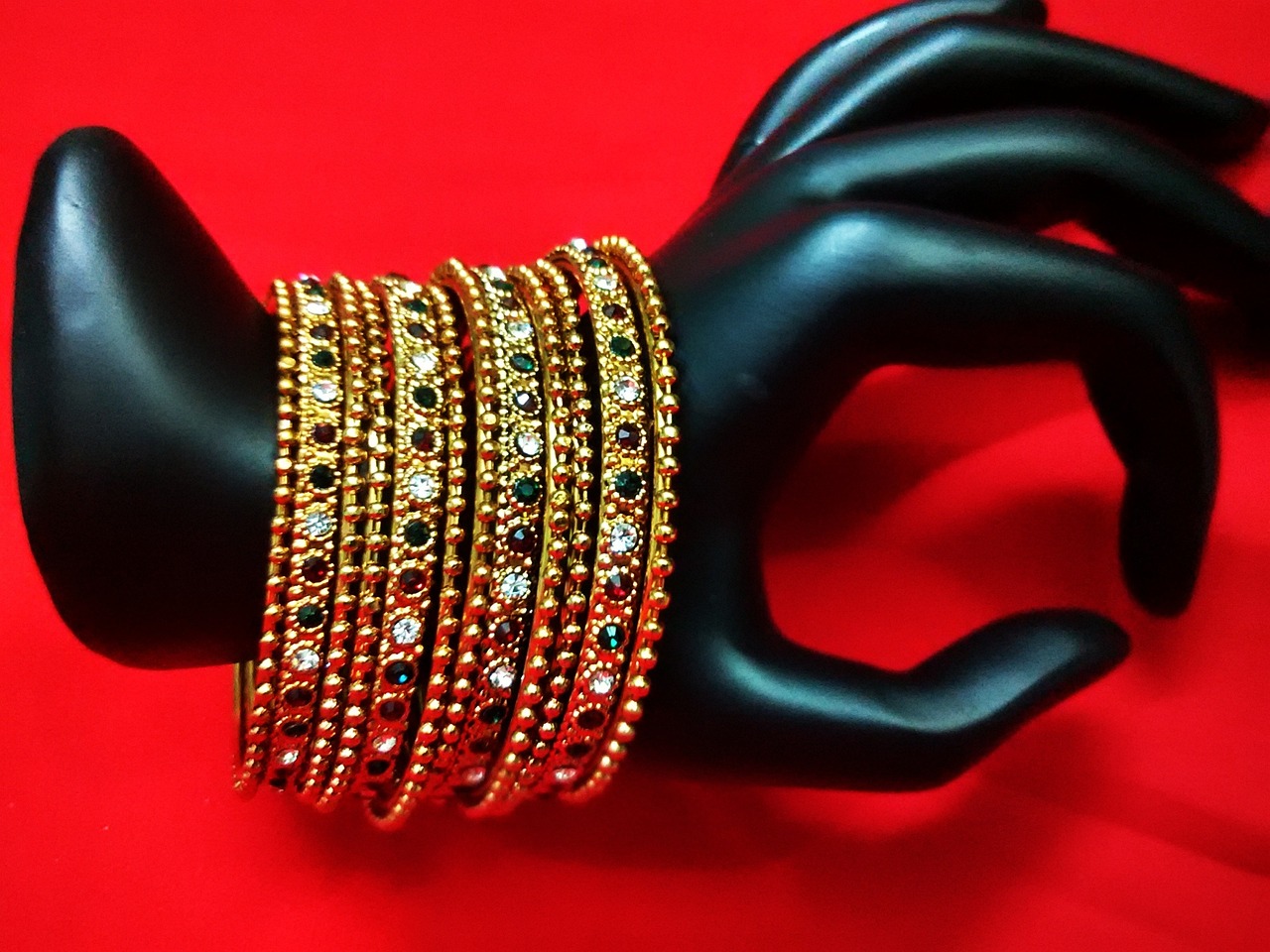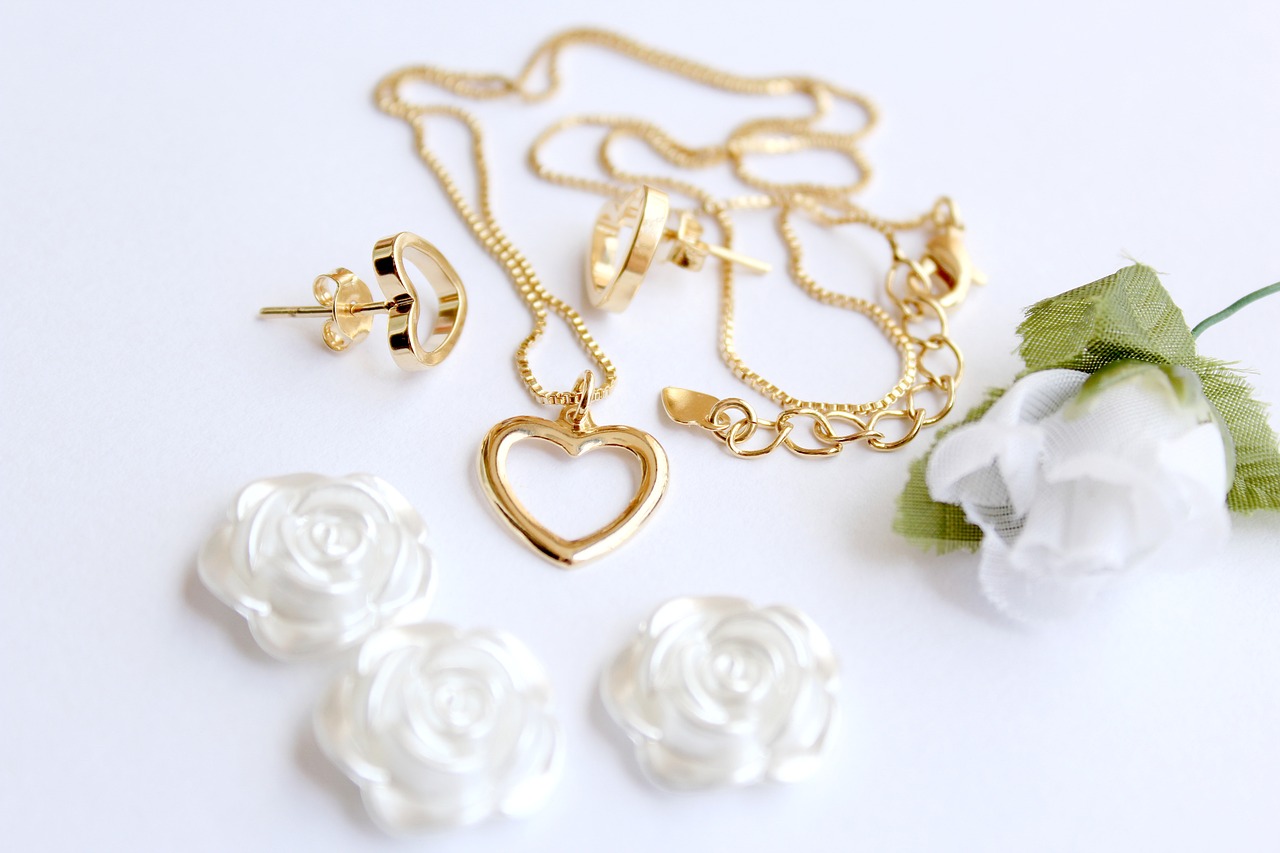This article delves into the fascinating journey of transforming cherished family heirlooms into unique custom jewelry pieces. It emphasizes the emotional significance of these transformations and outlines the practical steps involved in creating a beautiful, wearable piece of art.
What is a Family Heirloom?
A family heirloom is often defined as a treasured item passed down through generations, embodying the stories and memories of loved ones. These items can range from jewelry and watches to furniture and photographs. Understanding their sentimental value is crucial when considering their transformation into custom jewelry.
Why Transform Heirlooms into Jewelry?
Transforming heirlooms into custom jewelry allows individuals to preserve precious memories while creating something wearable and beautiful. This process not only honors the legacy of family members but also provides an opportunity to incorporate personal style into a meaningful piece.
Choosing the Right Heirloom for Customization
Not every heirloom is suitable for jewelry. When selecting a piece for transformation, consider the following:
- Material: Metals and gemstones can be repurposed, while delicate items may need special handling.
- Condition: Ensure the heirloom is in a state that allows for modification without compromising its integrity.
- Sentimental Value: Choose an item that holds significant meaning to you or your family.
Finding a Skilled Jeweler
Finding an experienced jeweler is crucial to ensure quality work. Look for:
- Qualifications: Check their certifications and training.
- Portfolio: Review previous work to assess their style and skill level.
- Customer Reviews: Read testimonials to gauge client satisfaction.
Understanding Custom Jewelry Design Options
There are various design options available for custom jewelry. Popular styles include:
- Classic: Timeless designs that never go out of style.
- Modern: Contemporary designs that reflect current trends.
- Vintage: Styles that evoke nostalgia and charm.
What to Expect During the Customization Process?
Understanding the customization process can alleviate concerns. Typical steps include:
- Initial Consultation: Discuss your vision and ideas with the jeweler.
- Design Phase: Collaborate on sketches and material selection.
- Crafting: The jeweler will create your piece, often providing updates along the way.
- Final Reveal: A moment of excitement as you see your transformed heirloom.
Setting a Budget for Your Custom Jewelry
Budgeting is essential when transforming heirlooms into jewelry. Consider:
- Materials: The cost of metals and gemstones.
- Labor: The jeweler’s fees for their craftsmanship.
- Additional Costs: Potential expenses for design changes or repairs.
Maintaining and Caring for Custom Jewelry
Once your heirloom is transformed into custom jewelry, proper care is crucial. Tips for maintenance include:
- Regular Cleaning: Use a soft cloth to keep your piece shining.
- Safe Storage: Store in a jewelry box or pouch to prevent damage.
- Periodic Inspections: Check for loose stones or wear and tear.
Sharing the Story Behind Your Custom Piece
The story behind your custom jewelry adds depth and meaning. Consider sharing its history with family and friends, enhancing its sentimental value and connection within your family. This narrative can be a cherished part of your heirloom’s legacy.
Emotional Significance of Custom Jewelry
Custom jewelry made from heirlooms often carries profound emotional significance. These pieces serve as tangible reminders of loved ones, preserving their legacy in a way that can be worn and cherished daily.
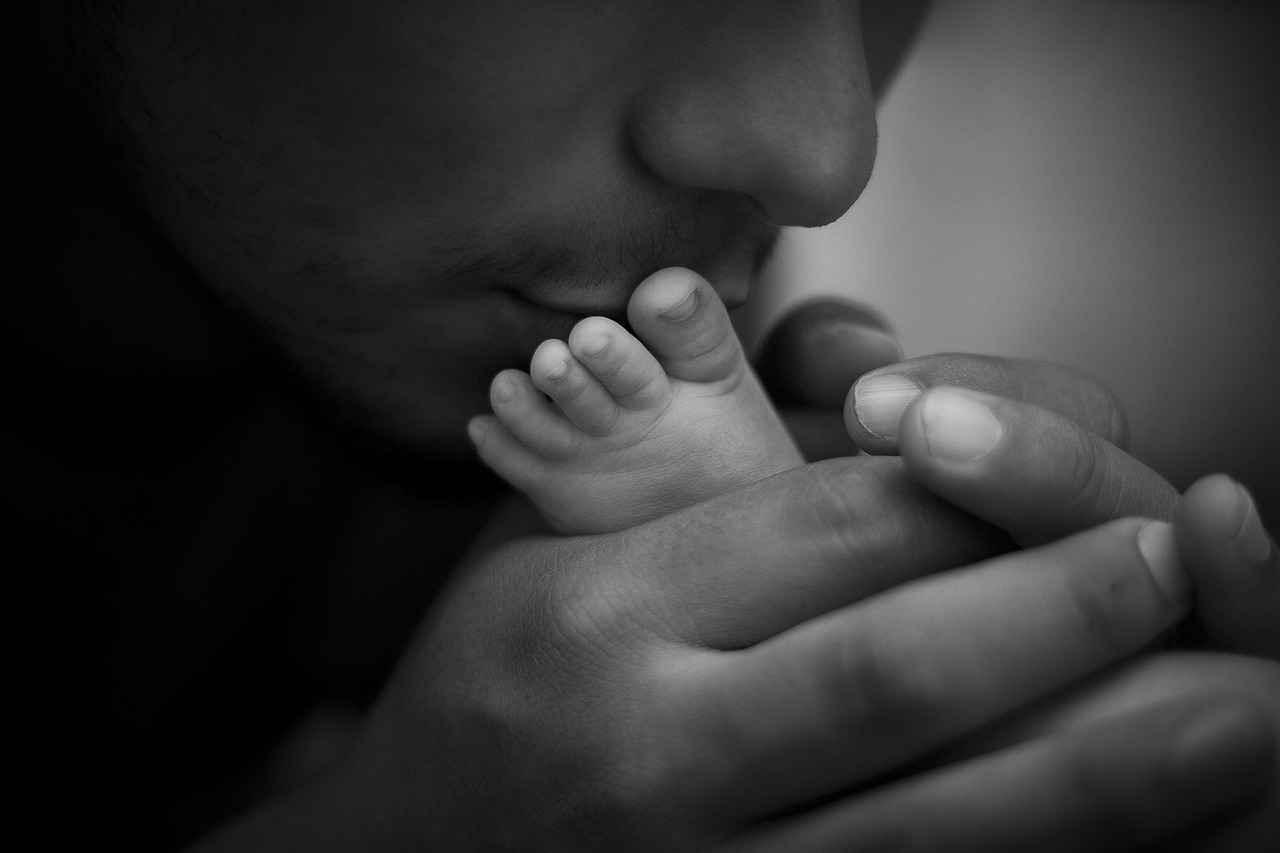
What is a Family Heirloom?
Understanding what qualifies as a family heirloom is essential for appreciating its sentimental value. A family heirloom is not merely an object; it is a vessel of history, often passed down through generations, carrying with it the stories and memories of those who came before us. These cherished items can range from jewelry and furniture to photographs and artifacts, each with a unique narrative that connects individuals to their heritage.
At its core, a family heirloom symbolizes continuity and belonging. It represents the legacy of love and tradition, often embodying the values and experiences of previous generations. By understanding the significance of these items, individuals can better appreciate the emotional weight they carry.
Many family heirlooms are associated with specific events or milestones, such as weddings, anniversaries, and births. For instance, a grandmother’s wedding ring may not just be a piece of jewelry; it could represent the love story that began decades ago, making it an ideal candidate for transformation into custom jewelry. This transformation allows the heirloom to be worn and cherished in a new way, ensuring that its story continues to be told.
When considering which items to transform, it’s important to reflect on their condition and material. Not every heirloom is suitable for customization; some may be too fragile or damaged. However, even items that seem unfit can often be reimagined and revitalized by a skilled jeweler. This process not only preserves the item itself but also enhances its emotional significance, creating a new chapter in its story.
In the journey of turning a family heirloom into a custom jewelry piece, the first step is to identify the heirloom that resonates most with you. Consider the memories attached to it and how it reflects your family’s history. This personal connection can guide you in making a choice that feels right.
Ultimately, the act of transforming a family heirloom is about more than just creating a beautiful piece of jewelry; it’s about honoring the past while embracing the present. Each piece becomes a tangible reminder of the love and connection that binds families together, serving as a source of comfort and pride for future generations. By understanding the definition and significance of a family heirloom, you can truly appreciate its potential to become a cherished part of your own story.
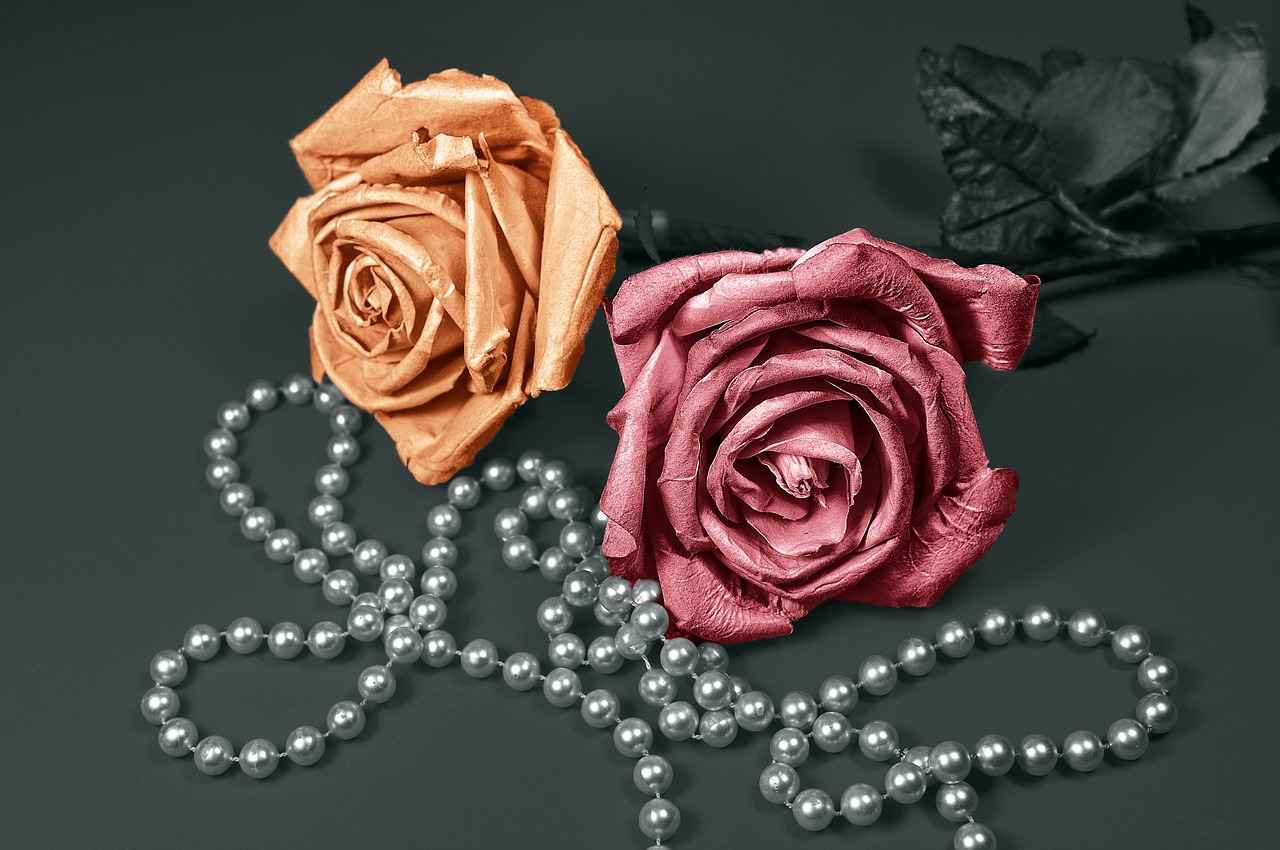
Why Transform Heirlooms into Jewelry?
Transforming family heirlooms into custom jewelry is a journey that intertwines sentimentality with artistry. This process not only allows one to preserve cherished memories but also to create a beautiful and wearable piece of art that tells a story. In this section, we will delve into the emotional and aesthetic benefits of such transformations.
One of the most compelling reasons to transform heirlooms into jewelry is the emotional connection these pieces can foster. Heirlooms often carry the weight of family history, encapsulating moments, milestones, and memories that resonate deeply with individuals. By converting these items into jewelry, you create a tangible reminder of loved ones who may no longer be with you. Each time you wear the piece, it serves as a symbol of love, connection, and continuity, allowing you to carry a piece of your family’s legacy with you.
From an aesthetic perspective, custom jewelry offers an opportunity for personal expression. Transforming an heirloom into a unique piece allows for creative freedom in design. Whether it’s a vintage brooch turned into a pendant or a set of old coins reimagined as earrings, the possibilities are endless. This creative process can also reflect the wearer’s personality, making the piece not just a reminder of the past, but also a fashionable accessory that can complement modern styles.
Moreover, the act of transformation itself can be a therapeutic experience. Many people find comfort in the process of reimagining their heirlooms, allowing them to engage with their memories in a new light. This can be particularly meaningful during times of loss or transition, providing a sense of closure and a way to honor the past while looking forward to the future.
Additionally, custom jewelry can serve as a conversation starter, allowing stories of family history to be shared with others. When wearing a piece that has been transformed from an heirloom, it provides an opportunity to discuss its origins and the memories associated with it, thus keeping the family narrative alive. This sharing can strengthen familial bonds and create a sense of community among loved ones.
In practical terms, transforming heirlooms into jewelry often involves expert craftsmanship. Working with a skilled jeweler ensures that the integrity of the original piece is maintained while also enhancing its beauty. This collaboration can lead to innovative designs that respect the history of the heirloom while making it suitable for everyday wear.
In conclusion, the transformation of family heirlooms into custom jewelry is a profound way to preserve memories, foster emotional connections, and create something uniquely beautiful. The process combines the past with the present, allowing individuals to celebrate their heritage while enjoying a modern expression of style. Whether for personal use or as a gift, these custom pieces carry with them a legacy that transcends generations.

Choosing the Right Heirloom for Customization
When it comes to transforming a cherished family heirloom into a custom jewelry piece, the selection of the right heirloom is crucial. Not all heirlooms are suitable for this purpose, and understanding which pieces can be transformed while preserving their emotional significance is key. In this section, we will explore important considerations, including material, condition, and sentimental value, to guide you through the selection process.
Choosing the right material is essential for ensuring the durability and aesthetic appeal of your custom jewelry. Here are some common materials to consider:
- Gold: A classic choice, gold is malleable and can be easily shaped into various designs.
- Silver: Affordable and versatile, silver can be a great option for creating intricate pieces.
- Gemstones: If your heirloom includes precious or semi-precious stones, consider how they can be integrated into your new design.
Before deciding on an heirloom, it is vital to assess its condition. Here are some factors to evaluate:
- Wear and Tear: Look for signs of damage, such as cracks, missing parts, or excessive wear that may affect the integrity of the piece.
- Restoration Potential: Consider whether the heirloom can be restored or repaired. Some pieces may require professional restoration before they can be transformed into jewelry.
Sentimental value plays a significant role in the selection process. Ask yourself the following questions:
- What memories does this piece evoke? Consider the stories and emotions tied to the heirloom.
- Is it a family tradition? Some pieces may hold cultural or familial significance that can enhance their value as jewelry.
While it is important to choose an heirloom that resonates emotionally, practicality should not be overlooked. A piece that is too fragile or damaged may not hold up well as a wearable item. Therefore, it is essential to find a balance between sentimental attachment and the practicality of the heirloom.
Once you have identified potential heirlooms for transformation, consulting with a skilled jeweler can provide valuable insights. They can help evaluate the piece’s suitability for customization and suggest design options that align with your vision.
In conclusion, selecting the right heirloom for customization involves careful consideration of various factors. By evaluating the material, condition, and sentimental value of your heirloom, you can ensure a meaningful transformation that honors your family’s legacy while creating a beautiful piece of jewelry.
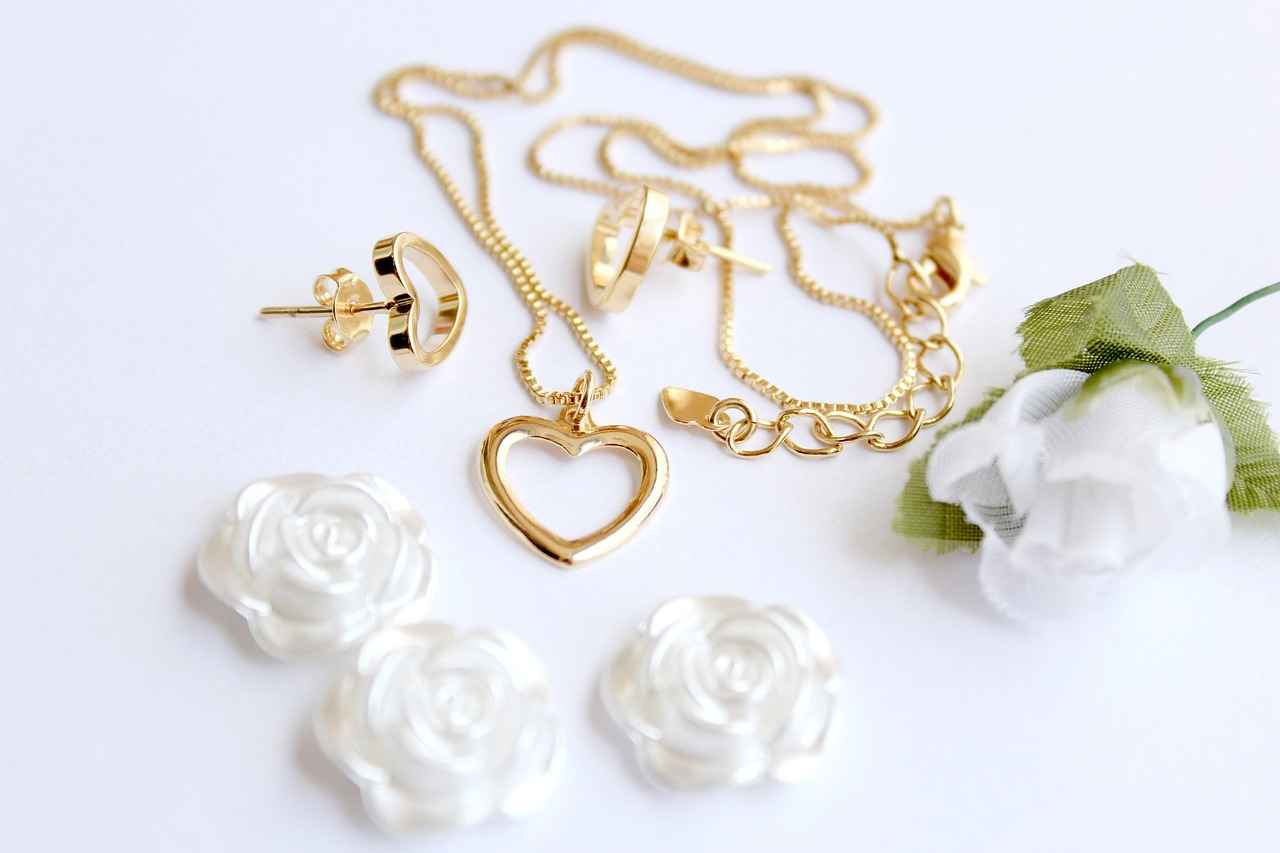
Finding a Skilled Jeweler
When embarking on the journey of transforming a family heirloom into a custom jewelry piece, one of the most critical steps is finding a skilled jeweler. The right jeweler can make all the difference in ensuring that your cherished heirloom is treated with the care and expertise it deserves. This section will guide you through the essential factors to consider when selecting a jeweler, including their qualifications, portfolio, and customer reviews.
What Qualifications Should a Jeweler Have?
- Education and Training: Look for a jeweler who has formal education in jewelry design or gemology. Certifications from recognized institutions can be a good indicator of their expertise.
- Experience: An experienced jeweler will have a wealth of knowledge about different materials and techniques. Ask about their years in the industry and the types of projects they specialize in.
Why is a Portfolio Important?
Reviewing a jeweler’s portfolio is crucial in assessing their style and capabilities. A strong portfolio should showcase a variety of work, demonstrating versatility and creativity. Look for:
- Previous Custom Pieces: Pay attention to past custom designs that resemble your vision. This can give you an idea of their ability to bring your ideas to life.
- Quality of Craftsmanship: Examine the details in the pieces. High-quality craftsmanship is evident in the finishing touches and overall design.
Customer Reviews: What Do They Reveal?
Customer reviews can provide invaluable insights into a jeweler’s reliability and quality of work. Consider the following:
- Feedback on Communication: A jeweler who communicates well and keeps clients informed throughout the process is often more trustworthy.
- Overall Satisfaction: Look for patterns in reviews. Consistently positive feedback about the final product and the overall experience can indicate a reputable jeweler.
Visiting the Jeweler: What to Expect
Once you have narrowed down your options, visiting the jeweler in person can help solidify your decision. During your visit, consider:
- Consultation Experience: A good jeweler will take the time to listen to your ideas and provide suggestions based on their expertise.
- Shop Environment: A clean, organized shop often reflects the jeweler’s professionalism and attention to detail.
In conclusion, finding a skilled jeweler is a vital step in the customization process of your family heirloom. By considering their qualifications, reviewing their portfolio, and examining customer feedback, you can ensure that your heirloom is transformed into a stunning custom jewelry piece that will be cherished for generations to come.

Understanding Custom Jewelry Design Options
When it comes to creating a unique piece of jewelry from a family heirloom, the design options are virtually limitless. Understanding custom jewelry design options is essential for anyone looking to transform their cherished items into wearable art. This section delves into various popular styles and techniques, empowering you to envision how your heirloom can be transformed into a stunning piece.
Custom jewelry can take on various styles, each offering a different aesthetic and emotional resonance. Here are some popular styles to consider:
- Classic Designs: These often feature timeless elements like solitaires and simple bands, making them versatile and elegant.
- Vintage Styles: Drawing inspiration from past eras, vintage designs often incorporate intricate details and unique settings that can evoke nostalgia.
- Modern Aesthetics: Sleek lines and minimalist designs characterize modern custom jewelry, appealing to those who prefer a contemporary look.
- Artistic Expressions: Some designs focus on artistic flair, incorporating unconventional shapes and materials for a one-of-a-kind piece.
Understanding the techniques involved in custom jewelry design can help you choose the right approach for your heirloom:
- Engraving: This technique allows for personal messages or designs to be etched onto the piece, adding a layer of personalization.
- Stone Setting: Whether you want to incorporate existing stones or add new ones, various setting techniques can enhance the overall design.
- Metalwork: Techniques like soldering and forging can be used to reshape and combine metals, creating a unique structure for your jewelry.
- Resizing: If your heirloom is a ring or bracelet, resizing can ensure a perfect fit, making it more comfortable to wear.
Choosing the right design involves considering the story behind your heirloom. Reflect on its history and what it represents to you. Collaborating with a skilled jeweler can help you explore various options that align with your vision.
Absolutely! Many people opt to combine different elements from various heirlooms into a single piece. This approach not only enhances the design but also tells a broader story, connecting various memories and experiences.
Before beginning the design process, it’s crucial to have an in-depth discussion with your jeweler. Key points to cover include:
- Your Vision: Share your ideas and inspirations to give the jeweler a clear understanding of what you’re seeking.
- Budget: Discuss financial constraints upfront to ensure the design aligns with your budget.
- Materials: Talk about the types of materials you wish to use, whether they be metals, stones, or other elements.
- Timeline: Establish a timeline for the project to manage expectations regarding the completion date.
By understanding the various design options and techniques available, you can make informed decisions that will lead to a beautiful, custom piece of jewelry that holds both aesthetic and sentimental value. Transforming a family heirloom into a stunning piece of custom jewelry is not just about the final product; it’s about the journey of reimagining something precious into a wearable memory.

What to Expect During the Customization Process?
When embarking on the journey of transforming a family heirloom into a custom jewelry piece, it is essential to understand what to expect during the customization process. This knowledge can significantly alleviate any concerns you may have, ensuring that you feel informed and confident every step of the way.
- Initial Consultation: The process typically begins with an initial consultation with your chosen jeweler. During this meeting, you will discuss your vision, the heirloom you wish to transform, and any specific ideas you have in mind. This is a great opportunity to ask questions and express your expectations.
- Design Exploration: After the consultation, the jeweler will present various design options based on your preferences. This stage may involve sketches or digital renderings to help you visualize the final product. Don’t hesitate to provide feedback; collaboration is key to achieving the desired outcome.
- Material Selection: Choosing the right materials is crucial for the longevity and beauty of your custom piece. Your jeweler will guide you through options that complement your heirloom, such as metals, gemstones, and finishes. This is also the time to discuss any sentimental materials you wish to incorporate.
- Approval of Design: Once the design and materials are finalized, you will receive a detailed proposal that outlines the costs and timeline. It’s important to review this carefully and ask for any clarifications. Your approval is necessary before moving forward with the creation process.
- Creation Process: After approval, the jeweler will begin crafting your piece. This phase can take anywhere from a few weeks to several months, depending on the complexity of the design and the jeweler’s workload. Regular updates during this period can help keep you informed.
- Final Reveal: The moment you’ve been waiting for arrives when you see your custom jewelry for the first time. This final reveal is often an emotional experience, as you witness the transformation of your cherished heirloom into a stunning, wearable piece of art.
Throughout this customization journey, maintaining open communication with your jeweler is vital. They are there to ensure that your vision is realized and to guide you through any challenges that may arise. By understanding the typical steps involved in the customization process, you can approach this experience with confidence and excitement.
Remember, this process is not just about creating a piece of jewelry; it’s about preserving memories and honoring the stories behind your family heirloom. Embrace the journey, and soon you will have a unique piece that carries both beauty and meaning.
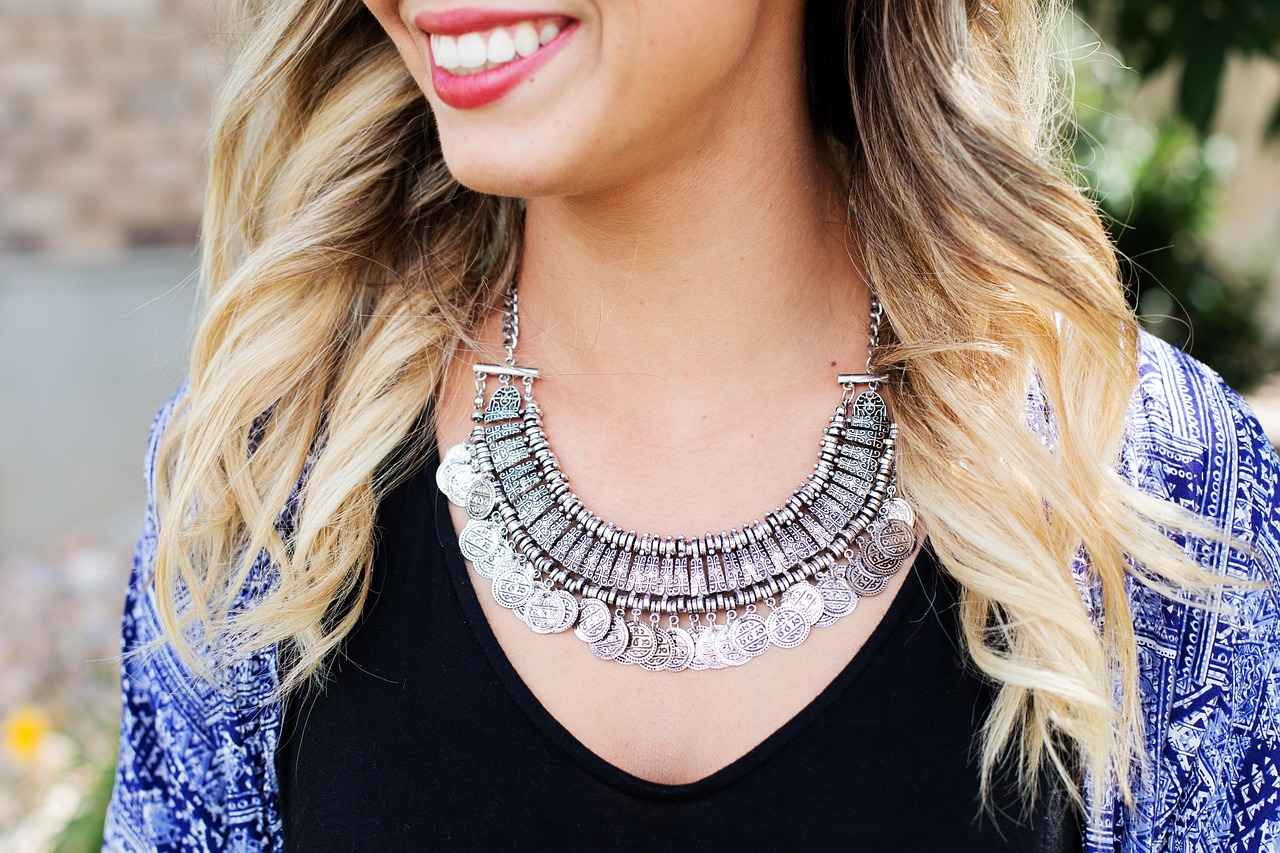
Setting a Budget for Your Custom Jewelry
is a critical step in the process of transforming family heirlooms into beautiful, wearable art. Without a clear financial plan, the journey can become overwhelming and lead to unexpected expenses. In this section, we will explore how to establish a realistic budget by considering various factors such as materials, labor, and potential additional costs.
First and foremost, it is essential to assess the value of your heirloom. This can involve consulting with a professional appraiser who can provide insights into the intrinsic value of the materials used in your heirloom piece. Understanding its worth will help you make informed decisions about how much you are willing to invest in its transformation.
- Materials: The type of materials you choose for your custom jewelry will significantly impact your budget. For instance, precious metals such as gold or platinum are more expensive than silver or alternative materials. Additionally, consider whether you want to incorporate gemstones or other embellishments, as these can also add to the overall cost.
- Labor: Skilled labor is another critical factor in your budget. The experience and expertise of the jeweler you choose will influence the cost of the customization. Be sure to research and select a jeweler with a strong reputation and a portfolio that aligns with your vision.
- Additional Costs: It’s essential to factor in potential additional costs that may arise during the customization process. This can include design fees, consultation charges, or even unexpected repairs if the heirloom requires more work than initially anticipated.
To set a realistic budget, start by determining a maximum spending limit. This will serve as a guideline as you navigate the customization process. It’s advisable to create a budget breakdown that includes:
- Heirloom appraisal: $____- Materials: $____- Labor costs: $____- Additional costs: $____- Total budget: $____
Once you have a comprehensive budget in place, communicate openly with your jeweler about your financial constraints. A skilled jeweler will work with you to create a design that fits within your budget while still achieving your vision for the piece.
Moreover, consider setting aside a small contingency fund, typically around 10-15% of your total budget, to cover any unforeseen expenses that may arise during the process. This practice can help alleviate stress and ensure that you remain within your financial limits.
In conclusion, careful budgeting is essential when transforming a family heirloom into custom jewelry. By assessing the value of your heirloom, understanding the costs associated with materials and labor, and planning for potential additional expenses, you can create a realistic budget that allows you to cherish your transformed piece for years to come.
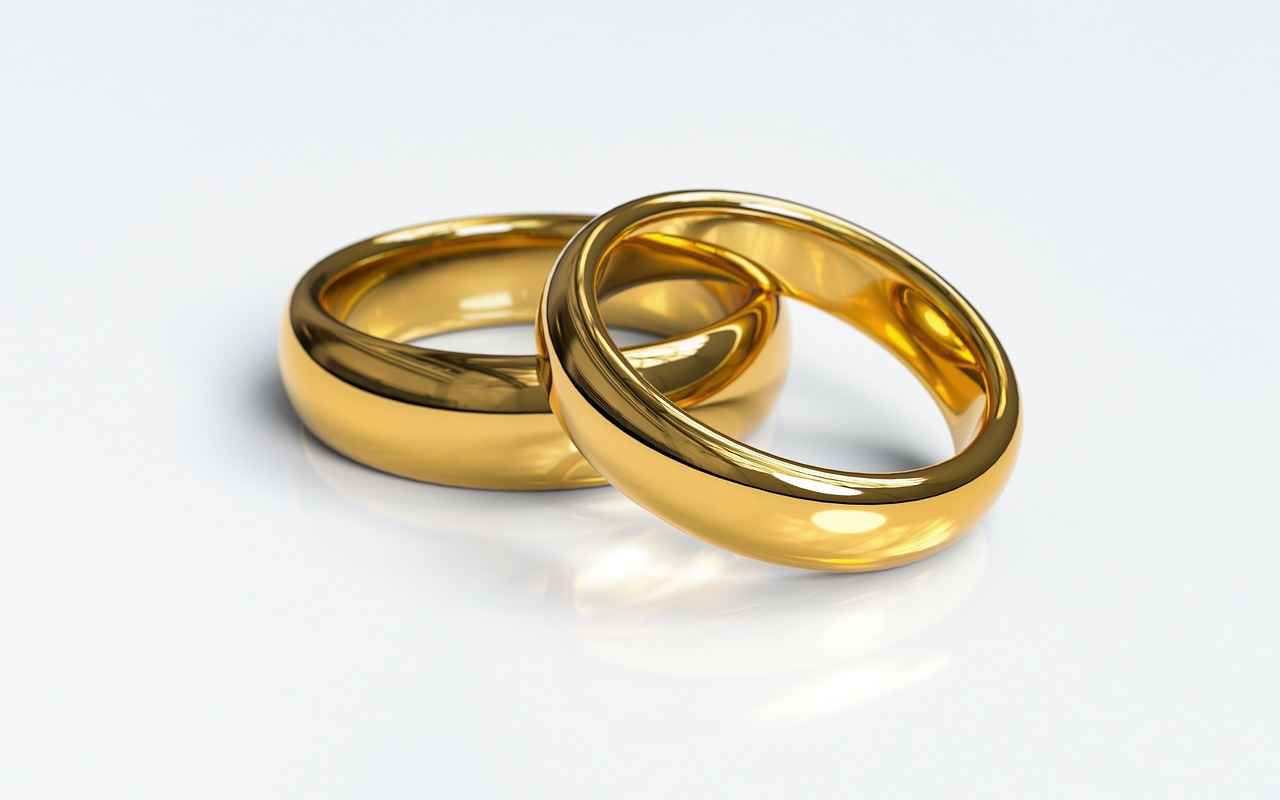
Maintaining and Caring for Custom Jewelry
Once you have transformed your cherished family heirloom into a stunning piece of custom jewelry, it is essential to prioritize its care and maintenance. Proper care not only enhances the beauty of your jewelry but also ensures its longevity, allowing you to enjoy it for many generations to come. In this section, we will provide you with valuable tips and insights on how to maintain and clean your new piece effectively.
Custom jewelry often holds significant emotional value, making its preservation crucial. Regular maintenance helps prevent damage from everyday wear and tear, ensuring that your piece remains as beautiful as the day it was created. Additionally, proper care can help retain the sentimental value associated with your heirloom, allowing you to pass it down to future generations.
It is advisable to clean your custom jewelry regularly to maintain its shine and luster. Depending on how often you wear the piece, a thorough cleaning every few weeks is recommended. If you wear it daily, consider a quick clean once a week. For special occasions, a more in-depth cleaning may be necessary.
- Gentle Soap and Water: For most pieces, a mixture of warm water and mild soap is sufficient. Soak the jewelry for a few minutes, then gently scrub with a soft brush.
- Jewelry Cleaning Solutions: There are many commercial cleaning solutions available specifically designed for jewelry. Ensure the product is safe for the materials used in your custom piece.
- Ultrasonic Cleaners: While effective, these should be used with caution, as not all gemstones and settings are suitable for ultrasonic cleaning.
Proper storage is vital in preventing scratches and damage. Here are some tips:
- Use a Soft Cloth: Wrap your jewelry in a soft cloth to prevent scratches.
- Separate Storage: Store each piece separately to avoid tangling or scratching against other jewelry.
- Use a Jewelry Box: Invest in a jewelry box with compartments to keep your custom pieces organized and protected.
If you notice any signs of wear, such as loose stones or tarnishing, it is best to consult a professional jeweler. Regular inspections can help catch potential issues before they become significant problems. Professional cleaning and maintenance can also restore your piece to its original brilliance.
To ensure the longevity of your custom jewelry, take the following precautions:
- Avoid Harsh Chemicals: Keep your jewelry away from household cleaners, perfumes, and lotions that can cause damage.
- Remove During Activities: Take off your jewelry when engaging in activities that may expose it to physical stress or chemicals, such as swimming or exercising.
- Regular Wear: Wearing your jewelry regularly can help maintain its shine, as oils from your skin can naturally clean it.
By following these maintenance and care tips, you can ensure that your custom jewelry remains a cherished part of your family heirloom for years to come. Its beauty and emotional significance will continue to resonate as you pass it down through generations.

Sharing the Story Behind Your Custom Piece
The story behind your custom jewelry is not just an accessory; it is a vessel of memories, emotions, and family history. When you transform a family heirloom into a unique piece of jewelry, you create more than just a beautiful item—you craft a narrative that can be shared and cherished for generations. This section explores effective ways to communicate the rich history of your heirloom, enhancing its sentimental value and fostering a deeper connection within your family.
- Document the History: Begin by documenting the history of your heirloom. This includes details about its origin, previous owners, and any memorable stories associated with it. You can create a written account or even a digital narrative. This documentation will serve as a valuable resource when sharing the story with others.
- Incorporate Symbolism: Consider the symbolism behind the materials or designs used in your custom piece. For instance, if your heirloom includes a particular gemstone, research its significance. Sharing these insights can deepen the emotional resonance of your jewelry.
- Use Visual Aids: Visual aids can enhance storytelling. Create a scrapbook or a digital slideshow that includes photos of the original heirloom, family members who owned it, and the transformation process. This visual journey can captivate your audience and make the story more relatable.
- Share During Family Gatherings: Family gatherings are perfect opportunities to share the story behind your custom jewelry. Whether it’s a birthday, wedding, or holiday celebration, take a moment to explain the significance of the piece. This not only honors the heirloom but also encourages family members to share their own stories.
- Social Media Sharing: In today’s digital age, social media can be a powerful platform for storytelling. Share photos and the narrative of your custom jewelry piece on platforms like Instagram or Facebook. Use hashtags related to heirlooms and custom jewelry to reach a wider audience and connect with others who share similar interests.
- Engage in Conversations: When wearing your custom jewelry, be open to conversations about it. If someone compliments your piece, take the opportunity to share its story. This not only spreads awareness about the significance of heirlooms but also fosters connections with others who may have similar experiences.
By actively sharing the story behind your custom piece, you not only enhance its sentimental value but also create a legacy that can be passed down through the generations. The act of storytelling fosters a sense of belonging and connection, ensuring that the memories associated with your heirloom remain alive.
Moreover, these stories can serve as a reminder of family bonds and shared history, reinforcing the emotional significance of your custom jewelry. As you continue to share and celebrate these narratives, you contribute to a rich tapestry of family heritage that honors both the past and the present.
In conclusion, the journey of transforming a family heirloom into custom jewelry is not merely about the physical piece itself; it is about the stories, memories, and connections that come with it. By sharing these stories, you breathe life into your jewelry, ensuring that its significance is understood and appreciated by future generations.

Emotional Significance of Custom Jewelry
Custom jewelry made from family heirlooms holds a special place in the hearts of many. These unique pieces often carry profound emotional significance, serving as tangible reminders of loved ones and their legacies. In this section, we will delve into the emotional weight these pieces can carry and how they preserve the memories of those we cherish.
Family heirlooms are often steeped in history, representing not just the past but also the love and connections shared within families. When transformed into custom jewelry, these pieces become more than just accessories; they embody stories, traditions, and memories. Each piece can evoke feelings of nostalgia, reminding us of special moments spent with loved ones.
- Personal Connection: Custom jewelry allows individuals to wear their memories, keeping their loved ones close even when they are physically absent.
- Legacy Preservation: Transforming heirlooms into jewelry ensures that the stories behind these items are preserved for future generations, fostering a sense of continuity.
- Unique Expression: Each piece can be designed to reflect the personality and style of the individual, making it a one-of-a-kind treasure that stands out.
Almost any heirloom can be transformed into custom jewelry, but the most common types include:
- Rings- Brooches- Pendants- Bracelets
Each of these items can be reimagined, allowing the wearer to carry a piece of their heritage with them.
Every time you wear a piece of custom jewelry made from an heirloom, it can serve as a constant reminder of the person it represents. Whether it’s a grandmother’s locket or a father’s cufflinks, these pieces can trigger memories and emotions, helping to keep the spirit of loved ones alive.
For many, creating custom jewelry from heirlooms can be a therapeutic experience. It allows individuals to process their grief and celebrate the lives of those they have lost. The act of transforming a cherished item into something wearable can provide a sense of closure and connection.
Sharing the story behind your custom jewelry can enhance its emotional significance. Consider the following ways to share:
- Family Gatherings: Share the history during family events, allowing others to connect with the legacy.
- Social Media: Posting pictures and stories online can inspire others and keep memories alive.
- Personal Journals: Documenting the story in a journal can serve as a keepsake for future generations.
In conclusion, custom jewelry made from heirlooms carries a deep emotional significance that transcends mere aesthetics. These pieces not only preserve memories but also celebrate the love and connections that bind families together. By transforming heirlooms into wearable art, we ensure that the legacies of our loved ones continue to shine brightly in our lives.
Frequently Asked Questions
- What types of heirlooms can be transformed into jewelry?
Almost any heirloom can be transformed into jewelry, but the best candidates include items like old rings, brooches, or even unique materials like coins or watches. The key is to choose something that holds sentimental value and can be repurposed into a beautiful piece.
- How do I choose the right jeweler for my custom piece?
When selecting a jeweler, look for someone with experience in custom designs. Check their portfolio, read customer reviews, and don’t hesitate to ask questions about their process. A good jeweler will be open to collaboration and will help you bring your vision to life.
- What is the typical timeline for creating custom jewelry?
The timeline can vary based on the complexity of the design and the jeweler’s workload. Generally, you can expect the process to take anywhere from a few weeks to a couple of months. It’s always a good idea to discuss timelines upfront to set expectations.
- How can I maintain my custom jewelry piece?
To keep your custom jewelry looking its best, regularly clean it with a soft cloth and store it in a safe place. Avoid exposing it to harsh chemicals or environments. If you’re unsure about cleaning methods, consult your jeweler for specific care tips.
- Can I share the story of my heirloom with others?
Absolutely! Sharing the story behind your custom piece can enhance its emotional significance. You can tell family members, write it down, or even create a small card to accompany the jewelry, ensuring that the legacy of your heirloom continues.
